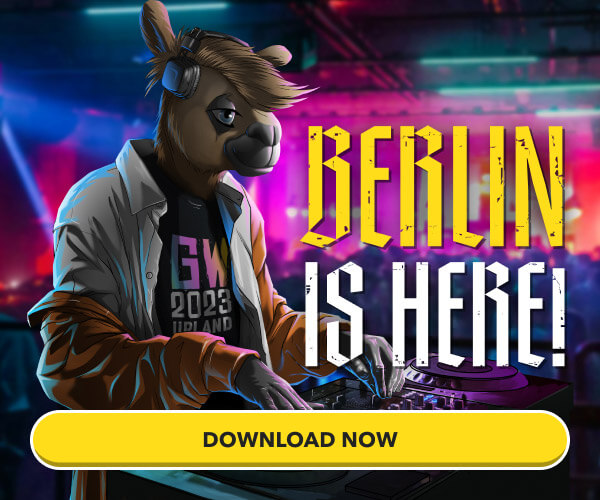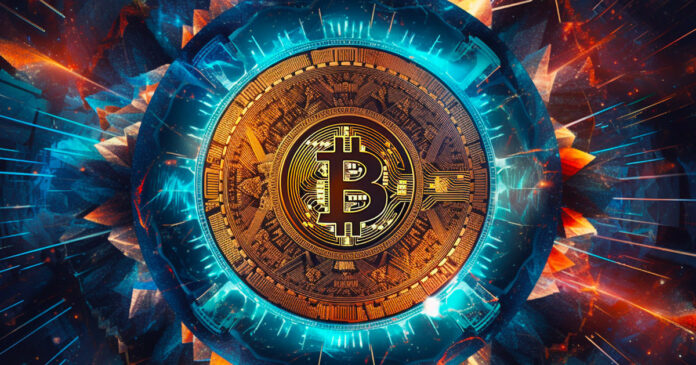
Ordinals are creating a paradigm shift in Bitcoin functionality, with the potential to unlock greater possibilities in digital asset management, NFTs, and collectibles. As the Ordinals project evolves, the integration of recursion establishes new opportunities for the creation of complex, interactive content on the Bitcoin blockchain.
Labeled “Ordinals 2.0” by Bitcoin personality Dan Held, recursion allows inscriptions to access and use content from other inscriptions. This enables the remixing of existing inscriptions and the creation of shared public resources.
Furthermore, recursion facilitates the development of generative art collections and profile picture collections, boasting unique combinations to appeal to users and developers in the Bitcoin community.
Bitcoin Ordinals
Ordinals serve as a unique numbering scheme for satoshis, allowing users to track and transfer individual sats. Satoshis are numbered according to their mining order and transferred using a first-in-first-out method.
Ordinals have various representations, including integer notation, decimal notation, degree notation, percentile notation, and name. These ordinal numbers can be used to attach arbitrary assets such as NFTs, security tokens, accounts, or stablecoins to satoshis, providing stable identifiers.
The Ordinals project is open-source, consisting of a BIP, index, wallet, block explorer, and functionality for inscribing satoshis with digital artifacts. As a novel approach to the Bitcoin ecosystem, Ordinals aims to enhance the network’s capabilities and attract further interest in Bitcoin-based applications.
Smart Contract Functionality via recursion
Inscriptions, as Bitcoin-native digital artifacts, effectively function as NFTs. Stored on-chain, they offer immutable and self-contained content. The combination of Ordinals and recursion can potentially unlock complex, interactive content on the Bitcoin blockchain, paving the way for smart contract-like functionality within the network.
This recursive functionality brings several benefits:
- Content Reusability: Recursion allows inscriptions to reference and reuse content from other inscriptions, which can be useful in creating modular and flexible smart contract-like applications on the Bitcoin blockchain. For example, an inscription containing a specific function or algorithm can be reused by other inscriptions, reducing redundancy and promoting the efficient use of on-chain resources.
- Dynamic Content Creation: By enabling inscriptions to access content from other inscriptions, recursion facilitates the creation of dynamic and interactive content, such as generative art and profile picture collections with unique combinations. This can stimulate more complex and creative use cases within the Bitcoin network.
- Cross-inscription Interactions: Recursion allows inscriptions to interact with one another, opening up the possibility of multi-step or conditional transactions. This can facilitate more sophisticated smart contract-like applications such as decentralized auctions, escrow services, and royalty distribution mechanisms.
- Enhanced Security and Control: As inscriptions can interact with other inscriptions via recursion, developers can create complex applications that combine multiple inscriptions with different levels of access control, allowing for more secure and granular control over smart contract-like functionality.
While recursion alone does not bring full-fledged smart contract functionality to Bitcoin, its integration with Ordinals creates an environment that supports more complex and interactive use cases within the Bitcoin ecosystem, potentially paving the way for smart contract-like applications on the Bitcoin blockchain.
With Ordinals adoption expected to grow, the Bitcoin network is poised to experience an influx of innovative use cases, particularly in digital asset management, NFTs, and collectibles. With recursion and Ordinals working together, smart contract-like functionality can be facilitated within the Bitcoin blockchain, driving further interest and development in Bitcoin-based applications and reducing the on-chain bloat through recursion.
Credit: Source link






















 Bitcoin
Bitcoin  Ethereum
Ethereum  Tether
Tether  Solana
Solana  XRP
XRP  Dogecoin
Dogecoin  USDC
USDC  Lido Staked Ether
Lido Staked Ether  Cardano
Cardano  TRON
TRON  Avalanche
Avalanche  Shiba Inu
Shiba Inu  Wrapped stETH
Wrapped stETH  Wrapped Bitcoin
Wrapped Bitcoin  Toncoin
Toncoin  Sui
Sui  WETH
WETH  Bitcoin Cash
Bitcoin Cash  Chainlink
Chainlink  Pepe
Pepe  Polkadot
Polkadot  LEO Token
LEO Token  Stellar
Stellar  NEAR Protocol
NEAR Protocol  Litecoin
Litecoin  Aptos
Aptos  Wrapped eETH
Wrapped eETH  Uniswap
Uniswap  USDS
USDS  Cronos
Cronos  Hedera
Hedera  Internet Computer
Internet Computer  Ethereum Classic
Ethereum Classic  Bonk
Bonk  Bittensor
Bittensor  Render
Render  Ethena USDe
Ethena USDe  POL (ex-MATIC)
POL (ex-MATIC)  WhiteBIT Coin
WhiteBIT Coin  Dai
Dai  MANTRA
MANTRA  Artificial Superintelligence Alliance
Artificial Superintelligence Alliance  Arbitrum
Arbitrum  dogwifhat
dogwifhat  Monero
Monero  Stacks
Stacks  OKB
OKB  Filecoin
Filecoin 
